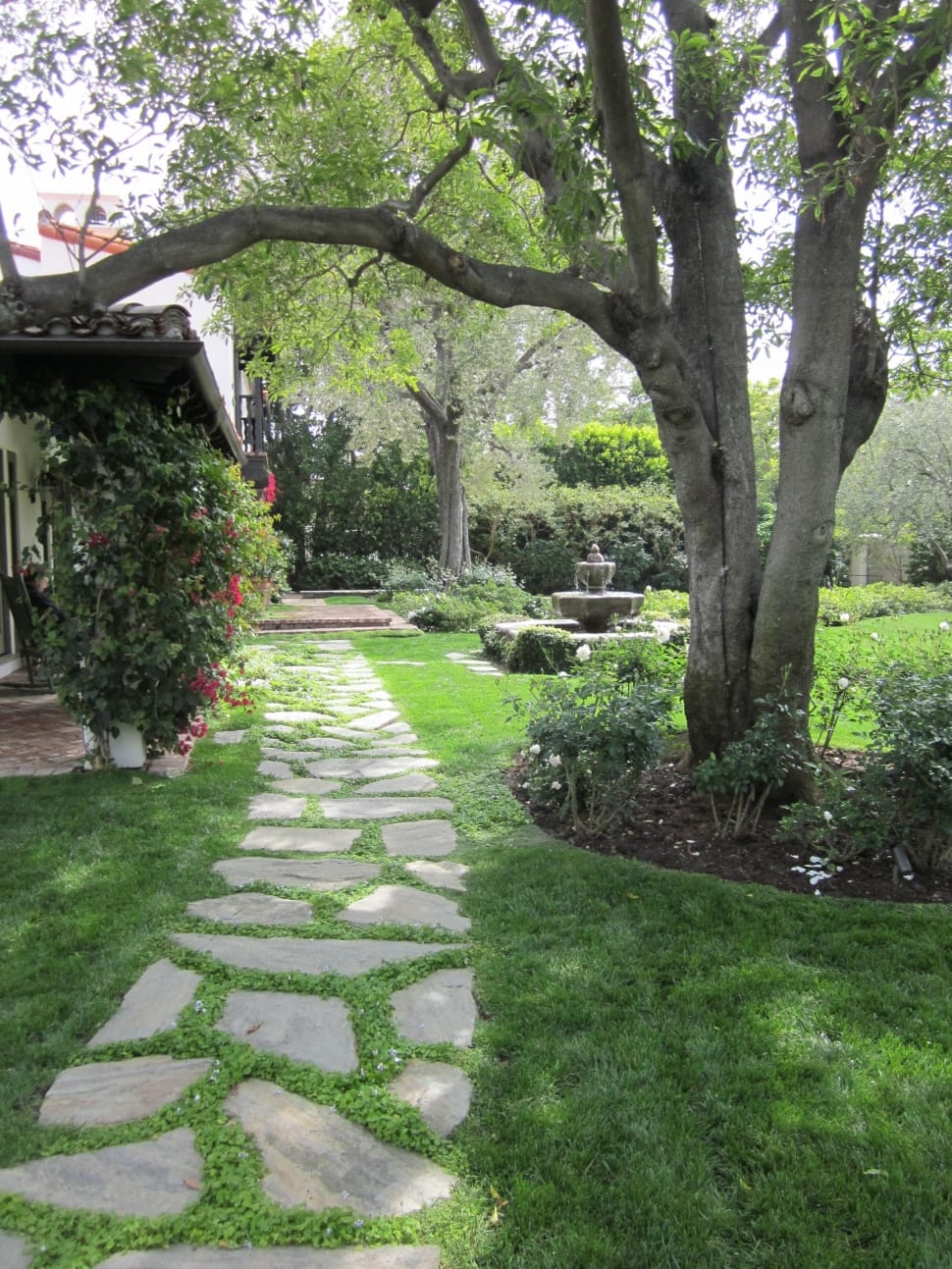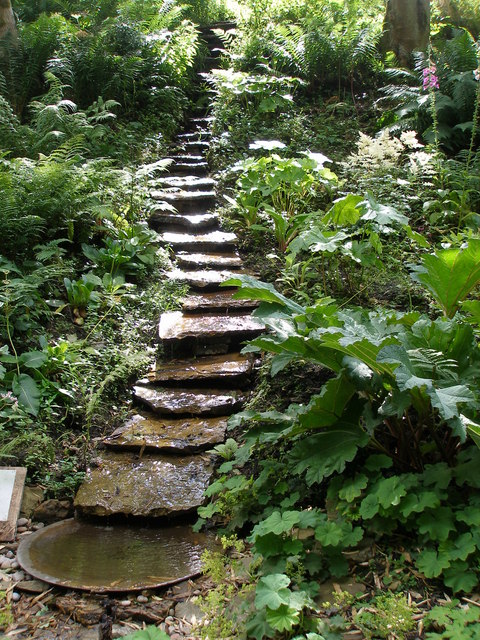Thyme (Thymus vulgaris) is an herb grown for its aroma, which goes well with other spices such as garlic and olive oil and others. It is also considered an antiseptic and preservative for meats. Thyme is a classic seasoning that chefs and cooks around the world use in many types of dishes, including salads, soups, chowders, sauces, breads, vegetable and meat dishes, and even jellies and desserts. Thyme is a classic ingredient in two different spice combinations: Herbs of Provence and Bouquet Garni.
It is an easy herb to grow and can be planted in many different situations to make the garden more interesting. Thyme requires little care and can withstand a variety of growing conditions. It is a sturdy ground cover and can withstand foot traffic well, which would make it a perfect choice to plant between stepping stones at the entrance to an herb or scented garden, as it releases its wonderful fragrance when disturbed.
Thyme has antibacterial properties and is used as an ingredient in mouthwash and as a medicinal herb for respiratory problems. It is also used as an ointment for eczema, psoriasis, broken winter hands, parasitic skin conditions and burns.
It should be grown as an accompanying plant to Lavender, Catnip and Horehound. There are over 100 varieties and they are so similar that it is often difficult to tell them apart.
Garden Thyme
Garden Thyme, also called common thyme, is a small semi-woody shrub with an upright growth habit. It can grow between 15 and 15 centimeters high and has small, dark green leaves.
It blooms in June-July with small dense clusters of small whitish to lilac flowers. Thyme is fairly hardy and overwinters without any problems, but it is also a good idea to overwinter a pot of Thyme indoors on the windowsill. It also does well in a balcony box in summer and can be easily renewed with seed. Thyme for the garden is the most commonly used thyme in the kitchen.
Thyme growing
Position
Thyme likes a light, dry, stony soil in full sun or semi-shade. Thyme can also grow on heavy clay soil, but then the soil must be well drained and thus tilled. It does not like excessive moisture and generally becomes less aromatic in richer soil.
Propagation
The seeds can be sown directly in soil or pots in a warm place after the danger of frost has passed. Sow thinly and cover with a layer of soil. Keep moist and germination should occur within 5 to 7 days. Plants can also be propagated by dividing. You start by sharing old roots or making cuttings by cutting off pieces of the plants with roots attached. Simply move to the new location and replant. The perfume of Lemon thyme is sweeter when grown by cuttings or sharing than when planted by seed.
grow
These perennial herbs do quite well when grown on their own. They do not need to be fertilized, nor do they need to be tended to much. In fact, they do better in poor soil that has not been tilled and cultivated. A good idea is to plant them between stepping stones or at the beginning of a garden path. If the plant is disturbed it will give off some of its wonderful fragrance. A few years ago, one of the big nurseries marketed a whole collection of ground covers called “stepables” because they can stand a little foot traffic, and Thyme was high on their list.
Harvesting
Thyme leaves are at their best when picked just as the flowers appear. Store fresh thyme in a plastic bag in the vegetable drawer of your refrigerator or place sprigs in a glass of water on the refrigerator shelf.To dry thyme, hang bundles of sprigs upside down for about ten days in a warm, dry, airy place.Dried thyme can be stored in a cool, dark place for up to 6 months in an airtight container.
As with most dried herbs, you should crush the leaves between your hands before using them for the best flavor. The leaves should be stripped from the twigs by pulling them in the opposite direction of leaf growth.


